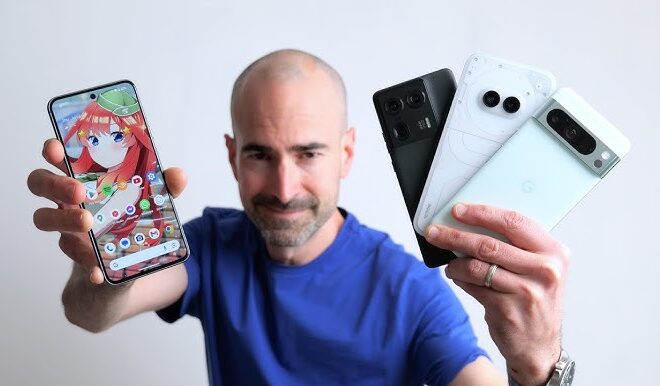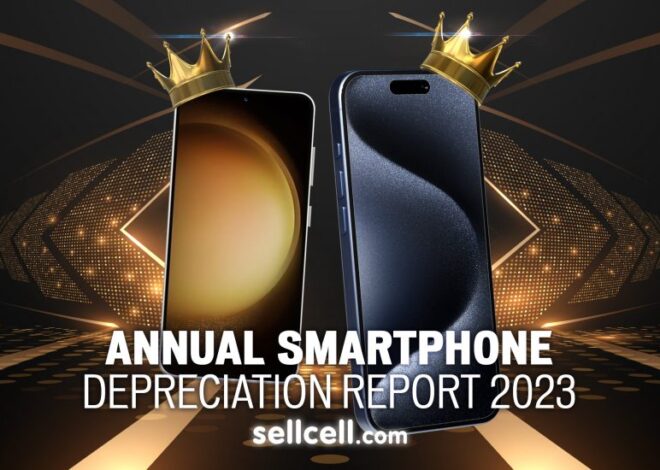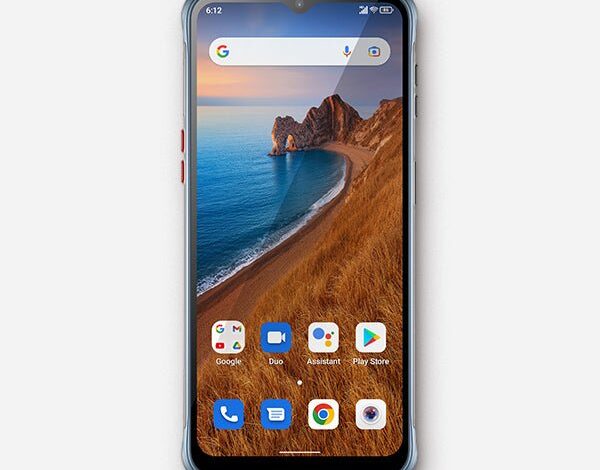
Beyond the Flagship: Why Android Brands Are Diversifying Their Smartphone Portfolios
In the hyper-competitive world of consumer electronics, the journey of a new smartphone brand often follows a familiar script. It begins with a single, highly-anticipated device—a “flagship killer”—designed to disrupt the market with premium features at an aggressive price point. This singular focus allows the company to pour all its resources into one perfect product, generating buzz and building a loyal community. However, as these challenger brands mature, a significant strategic shift inevitably occurs. The latest Android news cycles are increasingly filled with reports of these same companies expanding from a single hero product to a multi-tiered portfolio of Android phones. This evolution from a niche disruptor to a mainstream player is not accidental; it’s a calculated strategy driven by market dynamics, economic realities, and the ambition to build a lasting tech ecosystem. This article delves into the technical and strategic reasons behind this diversification, analyzing its impact on the market and providing actionable insights for consumers navigating an ever-more-crowded landscape of Android gadgets.
The Strategic Imperative: From Niche Hero to Mainstream Portfolio
The decision for a smartphone manufacturer to expand its product line is a pivotal moment, signaling a transition from a startup mentality to a long-term growth strategy. This expansion is underpinned by several core business principles that are essential for survival and dominance in the cutthroat mobile industry.
Market Capture and User Segmentation
The most fundamental reason for diversification is to capture a larger share of the market. A single flagship phone, no matter how well-priced, targets a relatively small segment of consumers—typically tech enthusiasts and early adopters who are willing to spend a premium. The global smartphone market, however, is vast and incredibly diverse. By creating a tiered lineup, brands can systematically target different user personas and price brackets.
- The Premium Tier: This is for the power user who demands the absolute best performance, camera quality, and build materials. Devices in this category serve as a halo product, showcasing the brand’s technological prowess.
- The Mid-Range Tier: This is often the volume seller and the most competitive segment. It targets pragmatic consumers who want a near-flagship experience—a great screen, a capable camera, and good performance—without the flagship price tag. Brands like Google with its Pixel a-series have perfected this, offering their core software and camera experience in a more accessible package.
- The Budget Tier: This segment is crucial for growth in emerging markets and for attracting first-time smartphone buyers or those with basic needs. The focus here is on reliability, battery life, and affordability.
By catering to these distinct segments, a brand can significantly increase its total addressable market and build a broader user base, a strategy long-mastered by giants like Samsung with its sprawling Galaxy S, A, M, and F series.
Building a Brand Ecosystem
In today’s market, a smartphone is rarely a standalone purchase. It is the central hub of a personal ecosystem of interconnected Android gadgets, including wireless earbuds, smartwatches, tablets, and more. A wider range of Android phones creates more entry points into this ecosystem. A consumer might first buy a budget-friendly phone, have a positive experience, and then be more inclined to purchase the brand’s premium earbuds or smartwatch later. This “lock-in” effect increases customer lifetime value and fosters brand loyalty. The seamless integration between a Samsung phone, a Galaxy Watch, and Galaxy Buds is a powerful incentive for customers to stay within the Samsung family for their next upgrade.
Economies of Scale and Supply Chain Leverage
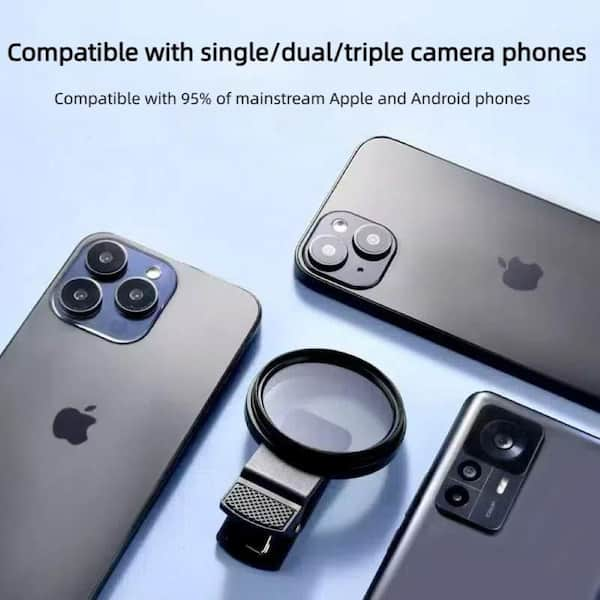
From a technical and logistical standpoint, a diversified portfolio offers significant advantages in manufacturing and supply chain management. When a company orders components like processors, RAM modules, camera sensors, and OLED displays for multiple device lines, the sheer volume of the order increases its bargaining power with suppliers like Qualcomm, Samsung Display, and Sony. This leads to lower per-unit costs, which can be passed on to the consumer as more competitive pricing or reinvested into research and development. Furthermore, it allows for strategic component cascading. For instance, the flagship camera sensor from this year’s premium model might become the main sensor for next year’s mid-range hero, maximizing the value of the initial R&D investment.
Deconstructing the Multi-Tier Lineup: A Technical Breakdown
Creating distinct product tiers is a masterclass in strategic compromise. Engineers and product managers must carefully decide which features to include, which to modify, and which to omit to hit a specific price point without tarnishing the user experience. Here’s a technical look at how these tiers are typically differentiated.
The Flagship Tier (e.g., Google Pixel 8 Pro, Samsung Galaxy S24 Ultra)
This is where no expense is spared. The goal is to push the boundaries of mobile technology.
- System-on-Chip (SoC): The latest and most powerful processor available, such as Qualcomm’s Snapdragon 8 Gen series or a custom-designed chip like the Google Tensor G3. These SoCs feature the fastest CPU and GPU cores, an advanced Image Signal Processor (ISP) for computational photography, and dedicated hardware for AI and machine learning tasks.
- Display: A high-resolution (QHD+) LTPO OLED panel. LTPO (Low-Temperature Polycrystalline Oxide) technology allows for a dynamic refresh rate, typically from 1Hz to 120Hz or higher. This provides buttery-smooth scrolling when needed and saves battery by dropping the refresh rate for static content. These displays also boast the highest peak brightness levels (2000+ nits) for superior HDR content viewing and outdoor visibility.
- Cameras: A complex multi-lens system is standard. This includes a large primary sensor (often 1-inch type or close) with a wide aperture for excellent low-light performance, a high-quality ultrawide lens, and one or more telephoto lenses, often using a periscope design for 5x or 10x optical zoom.
- Build and Extras: Materials are premium, such as titanium or aluminum frames and the latest Gorilla Glass. An IP68 water and dust resistance rating is expected, along with fast wireless charging, reverse wireless charging, and advanced haptic feedback motors.
The Mid-Range “Value” Tier (e.g., Google Pixel 7a, Samsung Galaxy A55)
This tier is about delivering the core essence of the flagship experience at a fraction of the cost.
- SoC: A capable upper-mid-range chipset like the Snapdragon 7+ Gen series or a previous-generation flagship chip. The focus is on a strong balance of performance and power efficiency, capable of handling daily tasks and moderate gaming with ease.
- Display: The screen is often a key selling point. Expect a high-quality FHD+ OLED panel with a high refresh rate (typically 120Hz), but it will likely lack the advanced LTPO technology and the extreme peak brightness of its flagship sibling.
- Cameras: The primary camera is often the star, sometimes inheriting the exact sensor from a previous flagship model. The compromises come in the secondary lenses; the ultrawide may have a smaller sensor, and a dedicated telephoto lens is often replaced with a less useful macro or depth sensor, or omitted entirely.
- Build and Extras: To save costs, frames and backs are often made of high-quality plastic (“glasstic”). Water resistance may be downgraded to IP67 or just a splash-proof coating. Features like wireless charging and premium haptics are typically the first to be cut.
Ripples in the Pond: Market Impact and Consumer Implications
The strategic expansion of Android phone lineups sends significant shockwaves through the industry, creating both opportunities and challenges for competitors and consumers alike.
The Risk of Brand Dilution and Cannibalization
One of the greatest pitfalls of a multi-device strategy is brand dilution. If the differentiation between models is not clear, consumers can become confused. Releasing too many phones with overlapping specs and prices can lead to a cluttered portfolio where devices compete against each other—a phenomenon known as cannibalization. An even greater risk is a poorly executed budget device tarnishing the reputation of the entire brand. A user who has a negative experience with a laggy, unreliable $200 phone is unlikely to trust that same brand for a $1200 flagship purchase in the future. Maintaining software update parity and quality control across a dozen different hardware configurations is a monumental engineering challenge that has tripped up many manufacturers, leading to delayed updates and a fragmented user experience.
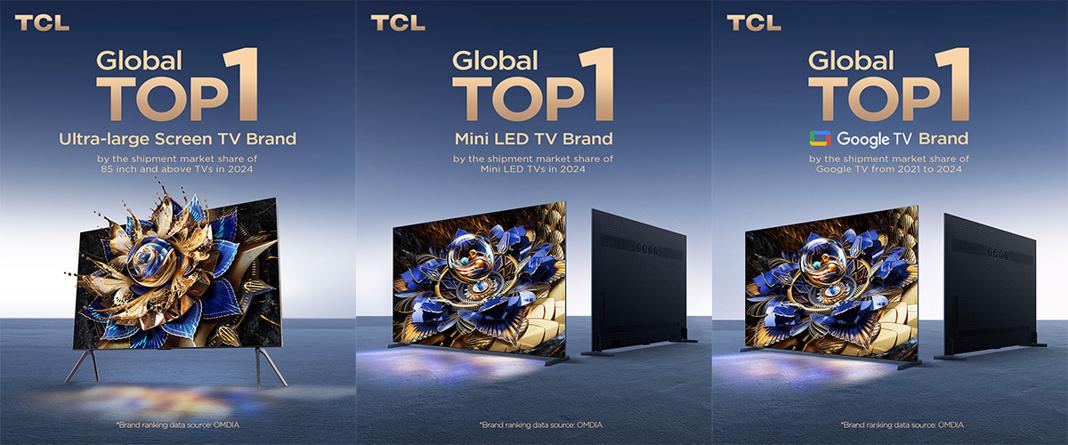
Fueling Competition and Democratizing Innovation
On the other hand, this strategy is a massive boon for consumers. The intense competition, particularly in the mid-range segment, forces brands to innovate aggressively to stand out. Features that were exclusive to flagships just a few years ago are now standard on sub-$500 devices. High-refresh-rate OLED displays, in-display fingerprint scanners, surprisingly capable camera systems, and incredibly fast charging speeds have been “democratized,” trickling down the price ladder at an astonishing pace. This competitive pressure ensures that the latest Android news is constantly filled with announcements of mid-range phones that punch well above their weight, providing incredible value for money.
The Paradox of Choice: A Challenge for Consumers
While more choice is generally positive, it can also lead to “analysis paralysis.” When faced with five different phones from the same brand that look similar but have subtle differences in their spec sheets, the average consumer can struggle to make an informed decision. It becomes crucial to understand what specifications truly matter for their individual use case. Is a Snapdragon 7 Gen 3 better than a Dimensity 8200? Is a 108MP camera sensor better than a 50MP one? (Hint: not necessarily). This environment necessitates a more educated consumer who can see past marketing jargon and focus on real-world performance, software support, and overall user experience.
A Buyer’s Guide: Navigating the Crowded Android Market
With a clear strategy, you can cut through the noise and find the perfect device among the plethora of Android phones available. Here are some best practices for modern smartphone buyers.
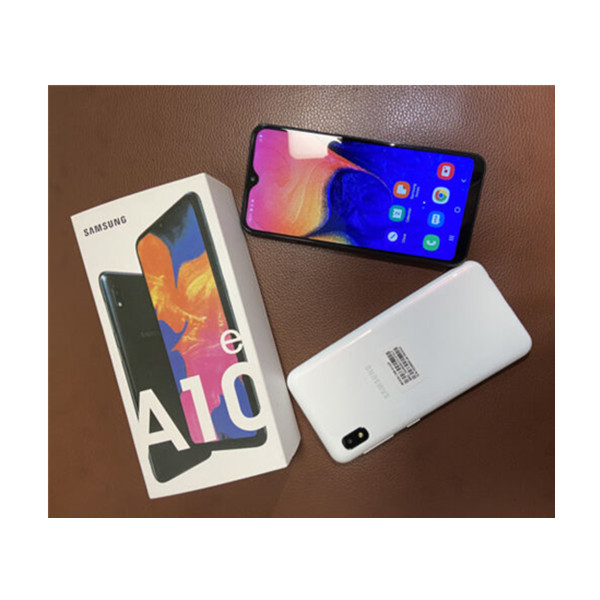
Define Your Priorities First
Before looking at any specific phone, determine your primary use case. This will act as your filter.
- For the Mobile Photographer: Don’t be swayed by high megapixel counts alone. Prioritize phones with large main camera sensors (e.g., 1/1.5″ or larger), Optical Image Stabilization (OIS), and a brand known for excellent software processing (like Google or Samsung). Look for detailed camera comparisons in reviews.
- For the Hardcore Gamer: The SoC is king. Focus on devices with high-end Snapdragon or MediaTek Dimensity chipsets, a 120Hz+ display with a high touch-sampling rate, and check reviews for mentions of thermal performance to avoid throttling during long sessions.
- For the All-Day Power User: A large battery (5000mAh is the new standard) is a must, but pair that with fast charging (65W or higher if you need quick top-ups). Also, ensure at least 8GB of RAM for smooth multitasking.
Look Beyond the Core Spec Sheet
The on-paper specifications tell only part of the story. Two other factors are critical for a phone’s long-term value.
- Software Support Promise: This is arguably one of the most important, yet often overlooked, metrics. How many years of major OS upgrades and security patches does the manufacturer guarantee? Samsung and Google now lead the Android world, offering up to seven years of support on their flagship devices, a policy that is trickling down to their mid-rangers. A phone with a longer support window is a better, more secure investment.
- User Experience (UX) and Software Skin: Every brand (except Google) applies a custom “skin” over stock Android (e.g., Samsung’s One UI, OnePlus’s OxygenOS). Some are clean and feature-rich, while others can be bloated with pre-installed apps and advertisements. Watch video reviews to get a feel for the software’s fluidity and design before you buy.
Conclusion
The strategic evolution from a single hero product to a comprehensive, multi-tiered portfolio is a defining characteristic of a maturing smartphone brand. It is a complex but necessary maneuver to achieve scale, capture diverse market segments, and build a robust ecosystem of Android gadgets. For consumers, this trend has ushered in an era of unprecedented choice and value, democratizing premium features at a remarkable rate. However, it also places a greater responsibility on the buyer to be informed and discerning. By understanding the technical trade-offs between tiers and focusing on personal priorities like camera quality, performance, and long-term software support, users can confidently navigate the crowded market. Ultimately, this strategic diversification, a constant source of Android news, fosters a more competitive and innovative landscape, ensuring there truly is a perfect Android phone out there for everyone.

